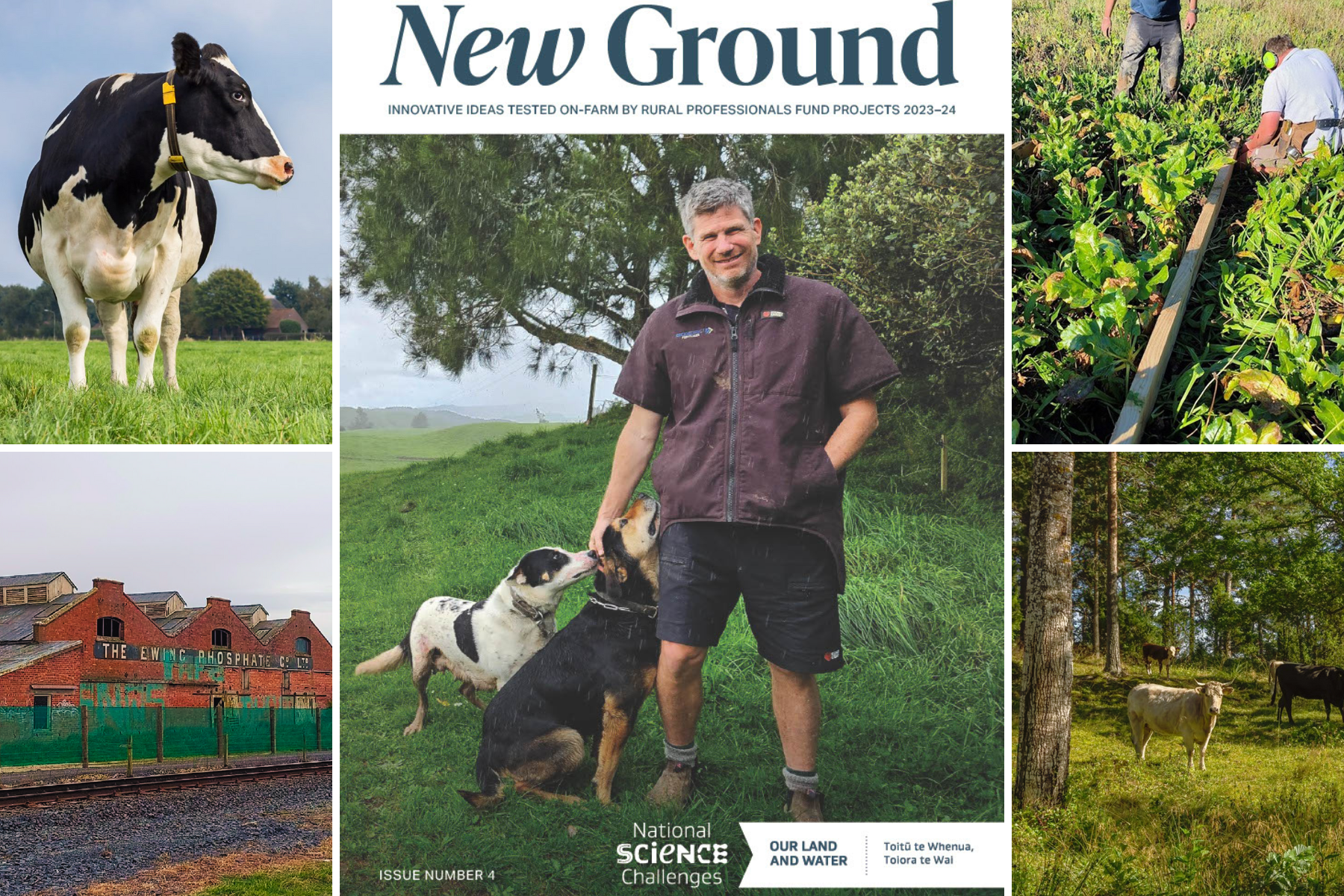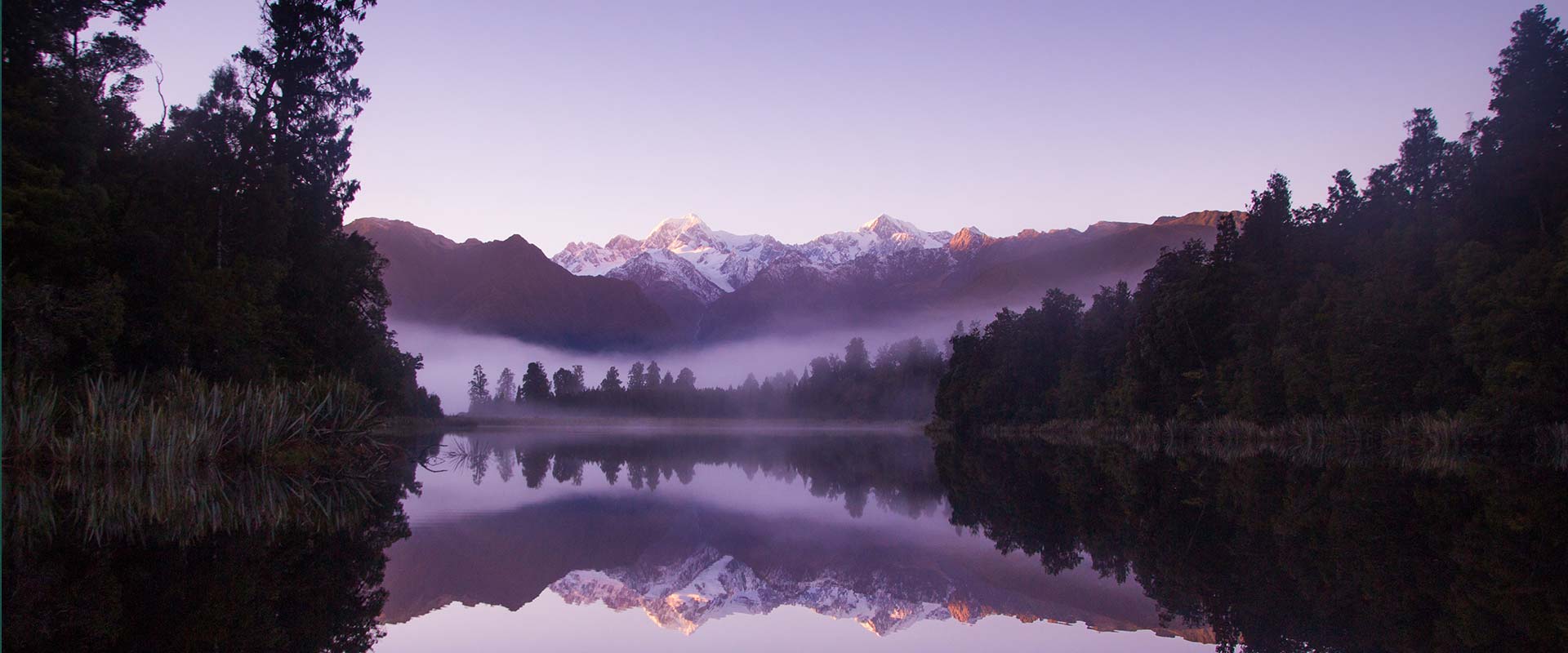SedNetNZ, SLUI and contaminant generation. Part 1: Sediment and water clarity
April 2018
Horizons Regional Council asked Manaaki Whenua – Landcare Research to document the use of SedNetNZ in the Horizons region; update the assessment of the impact of soil conservation work to date, and possible future work under the Sustainable Land Use Initiative (SLUI), on sediment load; assess the impact of SLUI works on water clarity; and update the assessment of the impact of climate change on sediment loads.
Conclusions:
SedNetNZ has been used in multiple applications in the Horizons region since 2013.The model algorithms and parameterisation have largely remained the same, with subtle variations to SDR and time period of active landsliding.
The farm-scale version can be used for discussing soil conservation options with farmers but has limited use at a catchment scale.
SedNetNZ typically produces modelled SSY estimates within ±40% of measured SSY, but in some cases there were large overestimates.
SLUI works carried out up to 2017 are estimated to have reduced total regional sediment load by 6%.
With no further SLUI works it is estimated that by 2043 sediment load for the region will have decreased by 16%. However, with ongoing implementation of SLUI works (scenario 3) sediment load could be decreased by 30%.
Climate change is predicted to increase sediment yields by 41% to 179% depending on the climate change scenario, which reinforces the need for ongoing SLUI works.
SLUI works are predicted to increase mean visual clarity by between 11% (with no further SLUI works) and 29% (scenario 3).
Recommendations:
- Now that good data are available on the location and area of erosion mitigation works, the analysis of the effect of SLUI erosion control works should be repeated using the area of these works rather than the area of WFPs to assess the effect of the difference between WFP area and implemented works area on modelled sediment load reductions from SLUI.
- Better data on the effectiveness of erosion mitigation at the whole-farm and wholecatchment scale are needed to test the erosion control effectiveness assumptions derived from hillslope-scale data. Horizons sediment load and farm plan works data could potentially be used for this analysis.
- The farm-scale version of SedNetNZ should not be used at the catchment scale because of a lack of whole-catchment or whole-erosion-terrain farm-scale LUC mapping.
- Continued investment in SLUI or other programmes for erosion mitigation will be required to offset the potentially severe effects of climate change.
- The reason(s) why SedNetNZ seriously overestimates sediment load in some catchments is not clear and requires further investigation.
- Current research will result in the replacement of the current surface and bank erosion models in SedNetNZ, and the present analysis should be repeated once these improvements have been made.
Manaaki Whenua Landcare Research Contract Report LC3135
 View Our Strategy Document 2019 – 2024
View Our Strategy Document 2019 – 2024



